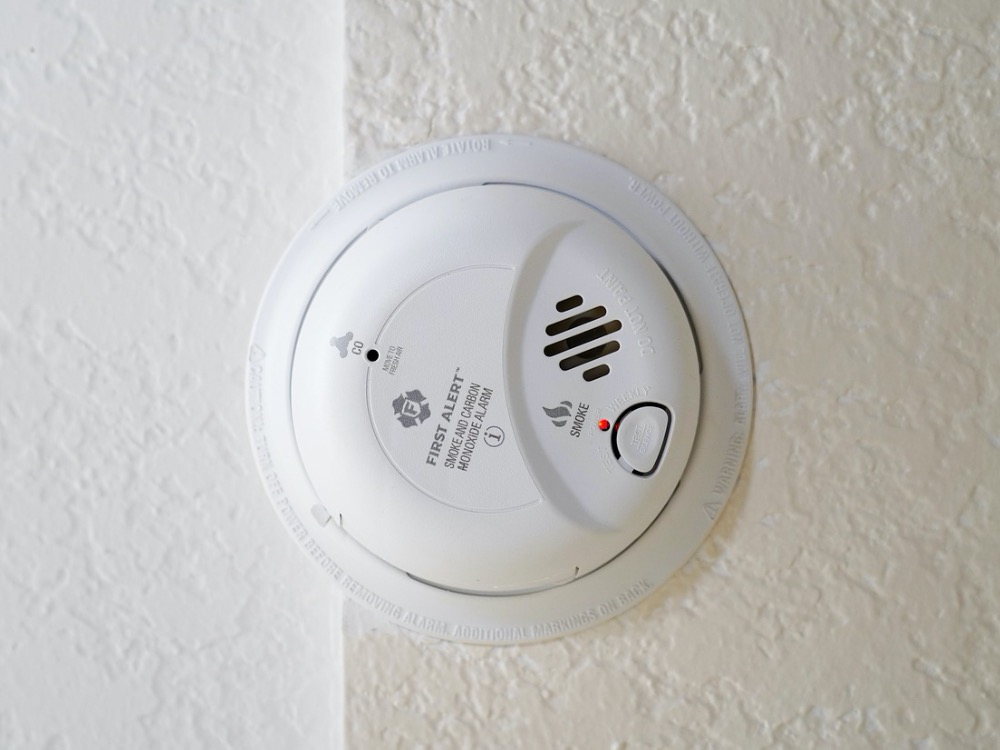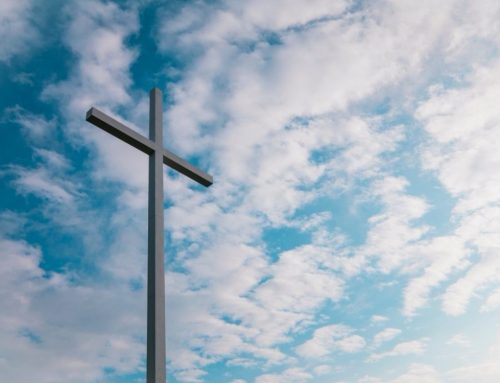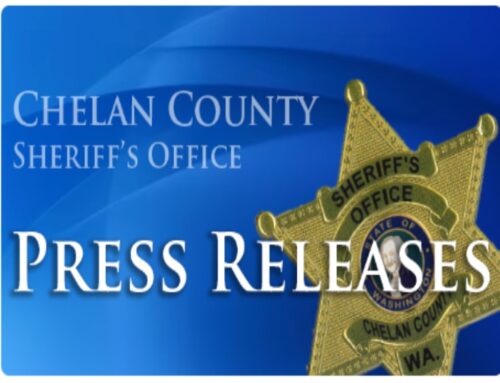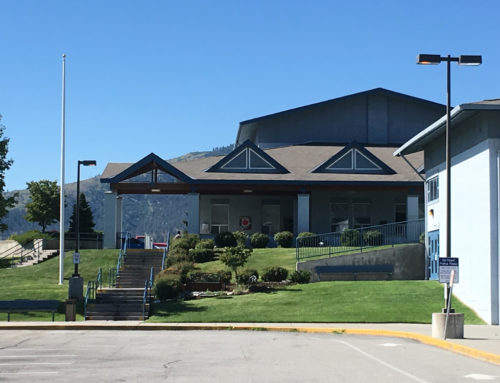A message from the Washington State Fire Marshal’s Office
information released
Often called the invisible killer, carbon monoxide (CO) is an invisible, odorless, colorless gas that is created when fuels (such as gasoline, wood, coal, natural gas, propane, oil, and methane) burn incompletely. In homes, heating and cooking equipment that burn fuel can be sources of carbon monoxide. CO poisoning can result from gasoline and diesel fueled vehicles idling inside garages. It can also occur from malfunctioning or improperly vented equipment such as heaters, furnaces, and portable generators.
In a report completed by the National Fire Protection Association (NFPA), in 2016 fire departments responded to 79,600 carbon monoxide incidents, and data from the Center of Disease Control and Prevention reported that in 2017, 399 people died of unintentional non-fire carbon monoxide poisoning. The Washington State Department of Health reports that from 2016 to 2022 there were forty-four deaths from carbon monoxide poisoning.
The SFMO offers the following safety tips to keep you and your family safe:
- Install CO alarms in a central location outside each sleeping area and on every level of your home.
- For the best protection, interconnect all CO alarms so that when one sounds, they all sound.
- Follow the manufacturer’s instructions for placement and mounting heights.
- Test CO alarms at least once a month and replace them according to the manufacturer’s instructions.
- If the alarm sounds, immediately move to a fresh air location outdoors or by an open window or door.
- Call for help from a fresh air location and stay there until emergency personnel declare that it is safe to re-enter.
- A portable gas generator should be used in a well-ventilated location outdoors away from windows, doors, and vent openings.
- Gas or charcoal grills should only be used outside, as they can produce deadly CO.
- During and after a snowstorm, make sure vents for the dryer, furnace, stove, and fireplace are clear of snow build-up.
For more information, contact the State Fire Marshal’s Office at 360-596-3929.








